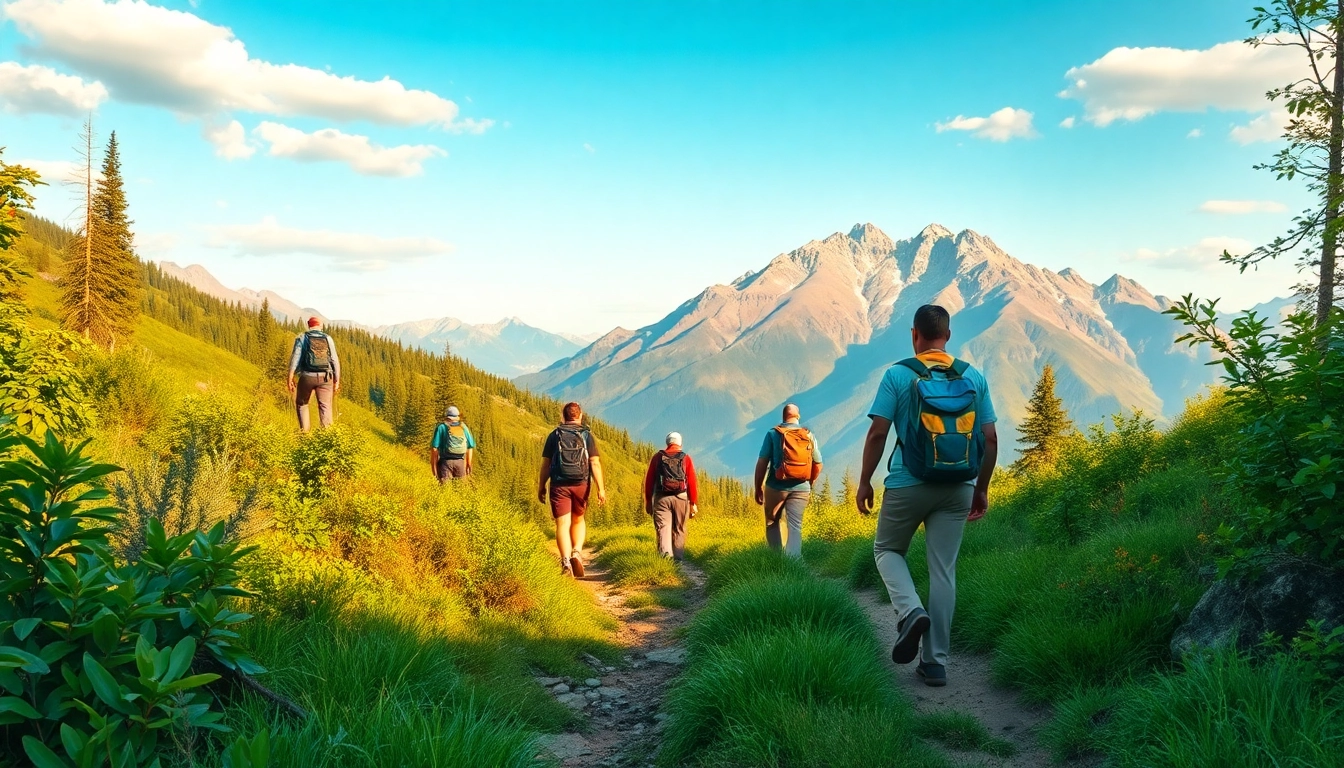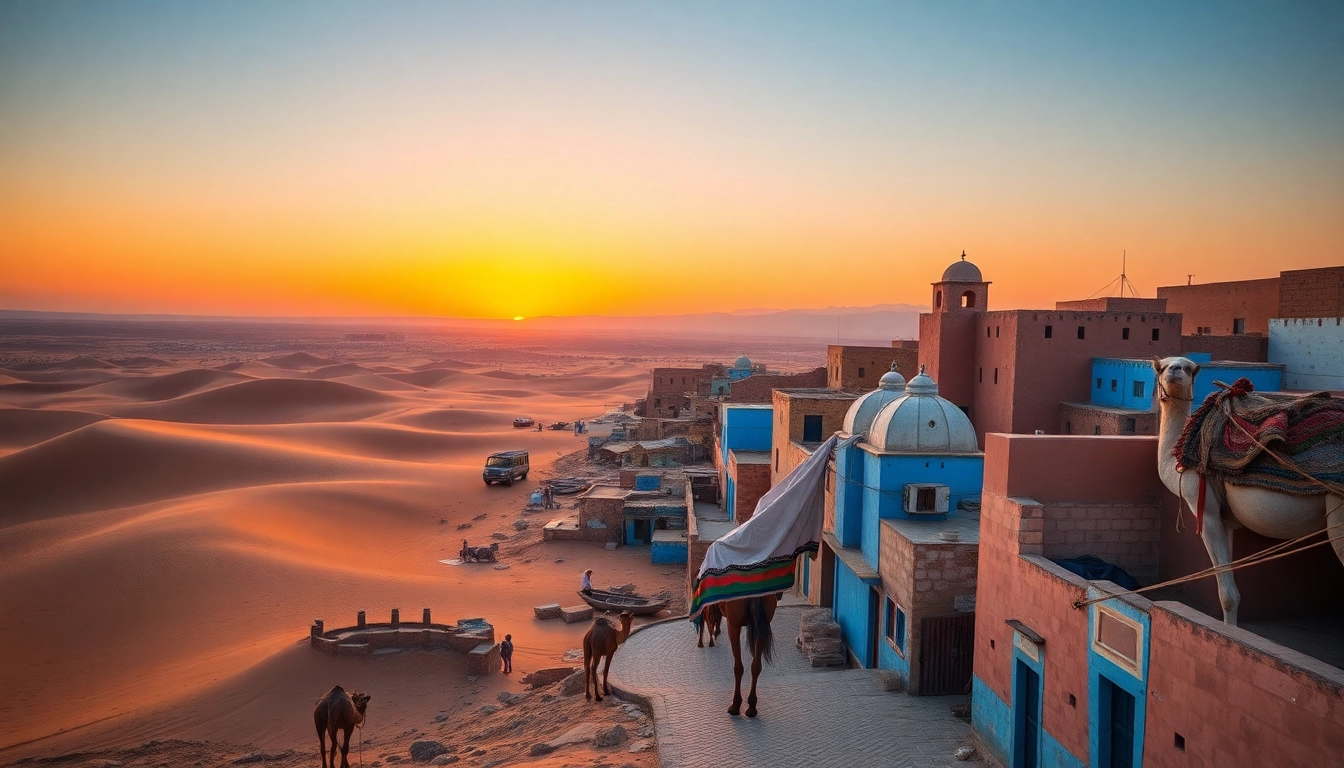Introduction to Lombok’s Unique Charm
Nested within the diverse archipelago of Indonesia, Lombok stands out as a captivating island renowned for its breathtaking natural landscapes, vibrant culture, and rich historical heritage. Often overshadowed by its neighboring Bali, Lombok offers a more tranquil, authentic experience that appeals to travelers seeking both adventure and cultural immersion. Whether you’re drawn by its pristine beaches, towering volcanoes, or traditional arts, Lombok promises a distinctive blend of natural beauty and local tradition that makes it a must-visit destination in Southeast Asia.
Geographical Overview of Lombok
Lombok is part of the Lesser Sunda Islands in Indonesia and is strategically positioned east of Bali and west of Sumbawa. Covering approximately 4,738 square kilometers, the island’s geography is remarkably diverse, characterized by rugged coastal areas, lush inland forests, and mountainous terrains. The Lombok Strait, which separates Lombok from Bali, is a vital waterway facilitating both transportation and trade. Central to Lombok’s geography is Mount Rinjani, the second-highest volcano in Indonesia, standing at 3,726 meters above sea level. This active volcano not only dominates the island’s landscape but also serves as a focal point for adventure tourism, surrounding crater lakes, hot springs, and scenic trekking routes.
The island’s coastline comprises some of the most beautiful beaches in Indonesia—white sands, turquoise waters, and coral reefs—making Lombok a premier destination for water sports enthusiasts and beach lovers alike.
Historical and Cultural Background
Lombok has a profound historical narrative shaped by indigenous traditions and external influences. Originally inhabited by Austronesian peoples, its history is intertwined with the spread of Hindu and Muslim cultures, which still influence the island’s way of life today. The island is predominantly Muslim, yet it retains significant Hindu and animist practices, especially observed in local festivals and ceremonies.
The island’s culture is deeply rooted in its local Sasak tribe. Their traditions, language, and crafts define Lombok’s cultural identity. Historically, Lombok has been a center for weaving, pottery, and woodcarving, with artisans producing intricate textiles and religious artifacts. The island’s historical sites include ancient mosques, traditional Sasak villages, and megalithic relics that provide insights into early civilization on the island.
In recent decades, Lombok’s cultural heritage has become a magnet for cultural tourism, enriching visitors’ understanding of Indonesia’s diverse tapestry of traditions.
Key Attractions and Natural Highlights
Mount Rinjani and Adventure Activities
Mount Rinjani is undoubtedly Lombok’s most iconic natural landmark, attracting trekkers and adventure seekers globally. The Rinjani Trek typically spans 2-4 days, offering stunning views, volcanic hot springs, and challenging terrains. The crater lake, Segara Anak, is a highlight for many visitors, offering mesmerizing scenery and opportunities for fishing and camping.
Beyond trekking, the slopes of Rinjani are home to waterfalls, hot springs such as Aik Kalak, and rich biodiversity, including endemic bird species and flora. Guided expeditions promote safety, and greatly enhance the experience with local knowledge and ecological insights.
Waterfalls and Natural Reserves
Lombok offers numerous waterfalls that adorn its lush landscapes, including Sendang Gile and Tiu Kelep, located within the Mount Rinjani National Park. These waterfalls feature cascading waters, natural pools, and surrounding tropical forests, perfect for nature lovers and adventure tourists. The silica-rich waters are believed to have healing properties, attracting both locals and visitors.
Conservation efforts are vital to maintaining these pristine environments. Several natural reserves and eco-parks, such as the Gunung Rinjani Forest Park, protect the island’s biodiversity and promote sustainable tourism.
Beaches and Islands: Gili Trawangan, Gili Air, and Tanjung Aan
One of Lombok’s most celebrated attractions is its array of paradisiacal beaches and surrounding islands. The Gili Islands—Gili Trawangan, Gili Air, and Gili Meno—are renowned for their crystal-clear waters, vibrant marine life, and relaxed island vibe. These islands are ideal for snorkeling, diving, and enjoying the untouched natural scenery. Gili Trawangan is the largest and most lively, known for its nightlife and water sports, while Gili Meno offers a tranquil retreat for those seeking solitude.
Tanjung Aan is another must-visit beach, famous for its white sands, turquoise waters, and scenic coastal cliffs. The beach’s unique pebble and sand mixture creates picturesque landscape scenes perfect for photography and leisure.
Experiencing Lombok’s Culture and Traditions
Local Art, Crafts, and Handicrafts
Lombok’s artisans are celebrated for their traditional crafts, including weaving, pottery, and woodcarving. The Sasak people produce intricate ikat textiles, often used for traditional clothing and ceremonial purposes. Visitors can explore local markets and craft villages such as Sukarara, where they witness artisans weaving colorful fabrics using centuries-old techniques.
Woodcarving is also prominent, with artisans creating sculptures, masks, and decorative items inspired by local mythology and Islamic motifs. These crafts reflect the island’s cultural synthesis and offer sustainable livelihood opportunities for local communities.
Traditional Festivals and Cultural Events
Lombok hosts numerous festivals throughout the year that showcase its rich cultural heritage. The Bau Nyale Festival, held annually in the coastal village of Kuta, involves fishing for ‘Nyale’—a type of sea worm—symbolizing the legend of Princess Mandalika. Participants celebrate with traditional dances, music, and vibrant processions.
Another prominent event is the Sade Village Festival, where visitors experience traditional Sasak music, dance, and ceremonies, gaining insight into the indigenous way of life.
Indigenous Cuisine and Culinary Experiences
Lombok’s cuisine is a flavorful fusion of local spices, fresh seafood, and traditional cooking methods. Signature dishes include Ayam Taliwang—spicy grilled chicken—and Plecing Kangkung, a fresh vegetable salad with chili and shrimp paste.
Tasting these authentic flavors in local warungs and markets offers a sensory journey into Lombok’s culinary traditions. Participating in cooking classes can further deepen your cultural appreciation and equip you with recipes to take home.
Plan Your Visit: Tips and Practical Advice
Best Time to Travel to Lombok
The ideal visit period for Lombok spans from May to September, during the dry season, when rainfall is minimal and the weather is warm and sunny. The shoulder months of April and October are also suitable, offering slightly fewer crowds. The rainy season, from November to March, can affect outdoor activities and transportation but brings lush scenery and fewer tourists.
Accommodations and Transportation Options
Lombok offers a wide range of accommodations, from luxury resorts and boutique hotels to budget hostels and homestays. Popular areas include Senggigi, Kuta, and the Gili Islands, each catering to different traveler preferences.
Transportation options include private taxis, car rentals, and motorbike rentals, which provide flexibility for exploring remote sites. Domestic flights connect Lombok International Airport with major Indonesian cities, simplifying access for international travelers.
Responsible Tourism and Local Etiquette
Respect for local customs and environment preservation is essential. Dress modestly when visiting religious sites, seek permission before photographing locals, and support community-based tourism initiatives. Reducing plastic use and participating in eco-friendly activities help sustain Lombok’s natural beauty for future generations.
Future Trends and Sustainable Tourism in Lombok
Eco-Tourism Initiatives and Conservation Efforts
Recognizing the importance of environmental preservation, many projects focus on eco-tourism, reef conservation, and reforestation. Organizations collaborate with local communities to develop sustainable practices, such as eco-lodges and responsible diving protocols, ensuring that ecological integrity remains intact amid growing tourism demand.
Community-Based Tourism Projects
Empowering local communities through tourism offers economic benefits while promoting cultural exchange. Village tourism programs in Sade and Sedek help visitors engage directly with indigenous customs, crafts, and home stays, fostering a sense of stewardship and sustainability.
Leveraging Digital Platforms for Promotion
In the digital age, social media campaigns, online booking platforms, and virtual tours are vital for promoting Lombok’s attractions. Strategic use of these tools enhances visibility and ensures tourism growth aligns with ecological and cultural sustainability goals.



